
Trees for Global Benefits
Eradicating Poverty One Ton of CO2 at a Time
ECOTRUST’s Trees for Global Benefits (TGB) is a long-running cooperative carbon offsetting scheme which combines community-led activities to increase carbon sequestration, encourage sustainable land-use practices, and provide farmers with performance-based payments.
The project operates as a market-based solution that reduces unsustainable exploitation of forest resources and the decline of ecosystem quality, while diversifying and increasing incomes for rural farmers and their families.
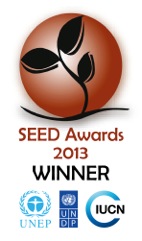

Trees for Global Benefits
2003 to date
The aim of Trees for Global Benefits (TGB) is to produce longterm, verifiable voluntary emission reductions by combining carbon sequestration with livelihood improvements through small-scale, farmer-led, forestry/agroforestry projects while at the same time, reducing pressure on natural resources in national parks and forest reserves.
TGB started in 2003, in the Rubirizi and Mitooma districts, and has through the years shown exceptional performance through the different innovations that involve the farmers, recruitment of more communities into the project, and the introduction of new activities alongside tree planting.
TGB won the 2013 UN SEED Award for being an exceptional social and environmental low carbon enterprise. The award recognizes TGB’s achievements in innovation and entrepreneurship so far, its promising efforts to promote economic growth, social development and environmental protection in Uganda, and not least the potential of its partnership to inspire others into action.
The founding partners of the SEED Initiative are UNEP, UNDP and IUCN. The 2013 Low Carbon SEED Awards were supported by the International Climate Initiative (ICI) of the Germany Federal Ministry for the Environment, Nature Conservation and Nuclear Safety (BMU).
PES MODEL
The PES model in TGB is designed to incentivize the transformation of smallholder investment horizons from the short-term hand-to mouth seasonal plans to long-term sustainable land use/business plans.
TGB’s PES incentives revolve around making the adoption of agroforestry-based sustainable land use a viable livelihood option by ensuring availability of a sustainable flow of financing at the different stages of the land-use enterprise.
This is achieved through the creation of opportunities for smallholders to tap into multiple funding sources for agroforestry as a means of generating income and improving land management while contributing to biodiversity conservation and global climate benefits.
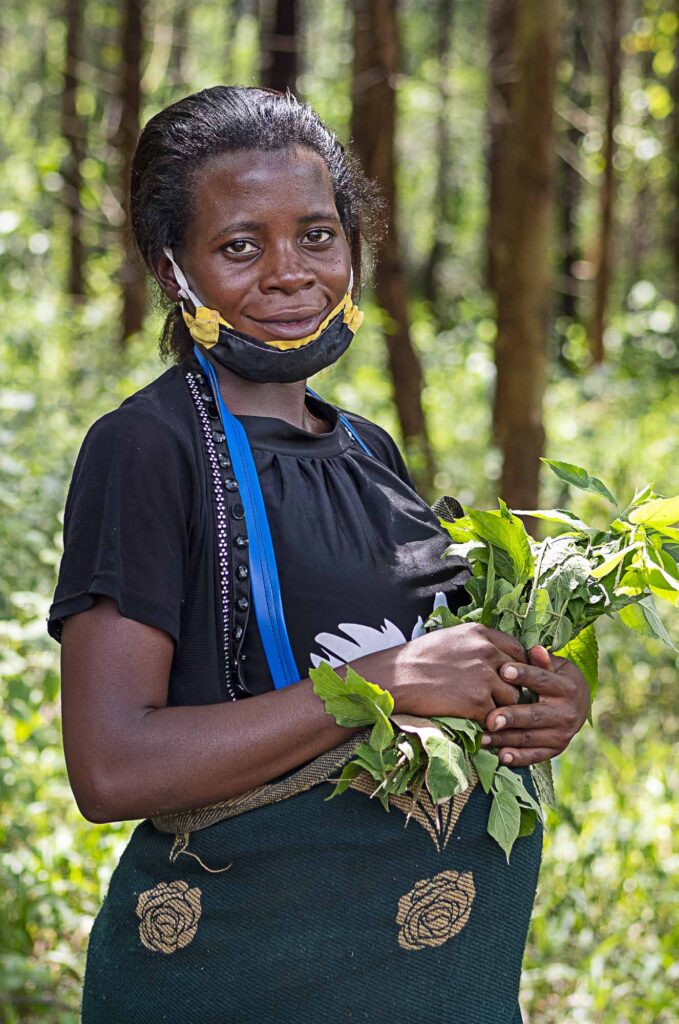
Over 2 Million Tons of CO2 Sequestered
TGB as of 2016, commanded about 1.8% of the voluntary carbon market share, reaching a milestone of 1,321.85 ha of farmland for 1,533 farmers, yielding an equivalent to 1 million tons of carbon worth USD 6 million. By the end of 2021, TGB was just just over 2million tons with over 11,000 farmers.

12,000+ Smallholders
Number of smallholder households with PES agreements

88 Community Groups
Number of community groups with PES agreements (where applicable) by Dec 2020

27 Project Staff
Number of employees, hired by the project- Full-time

95 Project Temps
Number of employees, hired by the project- Part-time

25 VSLA's
Number of Village Savings & Loans Associations supported by TGB

26 Commercial Nurseries
Number of commercial nurseries supported by TGB
- PROJECT SITES & TEC SPECS
TGB Operates in Landscapes
of critical Ecosystem Value
Under the flagship Trees for Global Benefit (TGB) –ECOTRUST has, over the last 17 years, established a niche in undertaking ecosystem restoration as a business. The project has developed technical specifications for agroforestry (woodlots); reafforestation (indigenous mixed species.) TGB operates across 14 districts in Uganda within the three main landscapes of Queen Elizabeth and Murchison-Semliki landscape in the Albertine region of South-Western Uganda, and the Mount Elgon Landscape in Eastern Uganda.

Albertine Rift
- Rubirizi district
- Kitagwenda district
- Masindi district
- Kikuube district
- Kasese district
- Mitooma district
- Hoima district

Mt. Elgon
- Mbale district
- Namisindwa district
- Sironko district
- Bulambuli district
- Kapchorwa district
- Manafwa district
- Bududa district
- TECHNICAL SPECIFICATIONS

Maesopsis Emini
- Boundary Planting (carbon potential 65.24 tCO2/ha equivalent to 163.1 tCO2/Km)
- Dispersed Interplanting (carbon potential 170.40 tCO2/ha)
- Woodlots (carbon potential 238.80 tCO2/ha)

Mixed Native Spp
- Boundary Planting (carbon potential 65.24 tCO2/ha equivalent to 163.1 tCO2/Km)
- Dispersed Interplanting (carbon potential 170.40 tCO2/ha)
- Woodlots (carbon potential 238.80 tCO2/ha)
Featured Publication
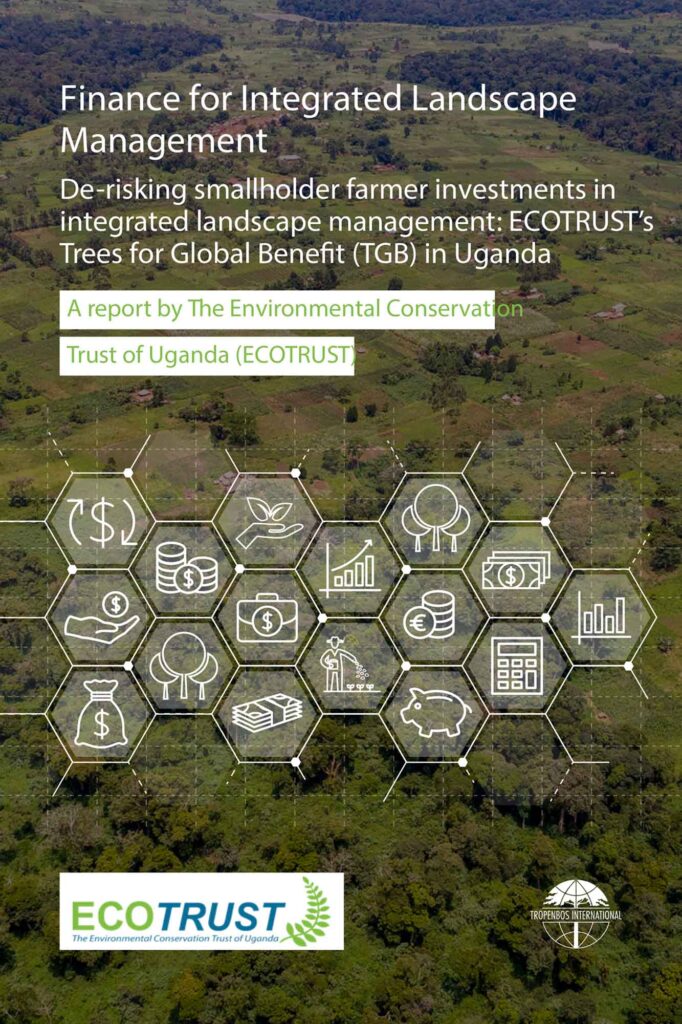
Finance for Integrated Landscape Management
De-risking smallholder farmer investments in integrated landscape management: ECOTRUST’s Trees for Global Benefit (TGB) in Uganda
This case study describes a conservation finance mechanism implemented by the Environmental Conservation Trust of Uganda (ECOTRUST). The mechanism delivers US$6 of every US$10 to smallholder conservation farmers through a blended model that combines public (donor) finance, private-sector foreign direct investment (FDI), and community contributions, to support long-term biodiversity and climate change outcomes at the local level. ECOTRUST has developed this model over 17years of implementing its Trees for Global Benefit (TGB) program.
- TGB Supporters
TGB PES payments are linked to performance-based targets
The specifications under TGB have enabled the aggregation tCO2 from over 12,000 smallholders under Plan Vivo standard that have been sold through ECOTRUST to national and international level buyers in the voluntary carbon for the last 17 years.


































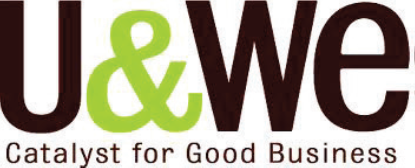

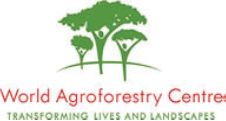




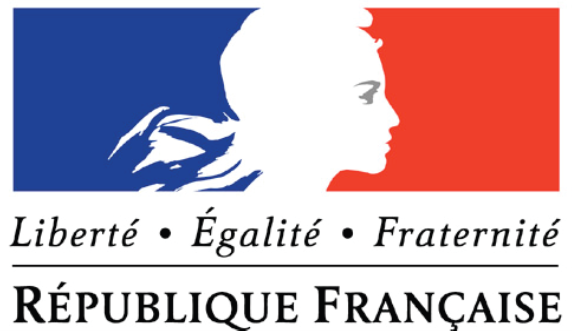


- Latest news from tgb
Statement from ECOTRUST on BBC Radio 4’s The Carbon Offset Trap
The BBC's The Carbon Offset Trap programme, broadcast on 2 April 2025, presents a one-sided and misleading picture of the Trees for Global Benefit (TGB) programme. The programme repeats false…
Setting the record straight: ECOTRUST response to Aftonbladet’s reporting
A series of articles published in May and June 2024 by the Swedish newspaper Aftonbladet, under the title “Hunger Forest”, misrepresented ECOTRUST’s work and distorted the lived experiences of farmers…
Empowering Women Through Conservation – A Visit to Tree Nature Women’s Group in Kidoma
As part of their visit to assess ECOTRUST’s biodiversity conservation and restoration initiatives within the Murchison Falls Landscape, representatives from the International Institute for Environment and Development (IIED) and the…

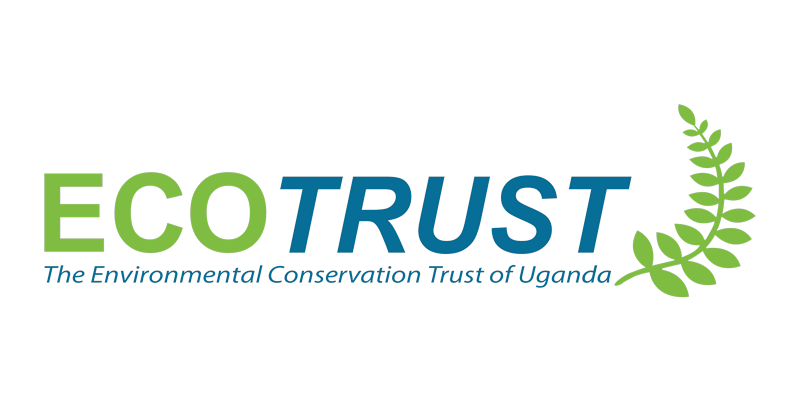
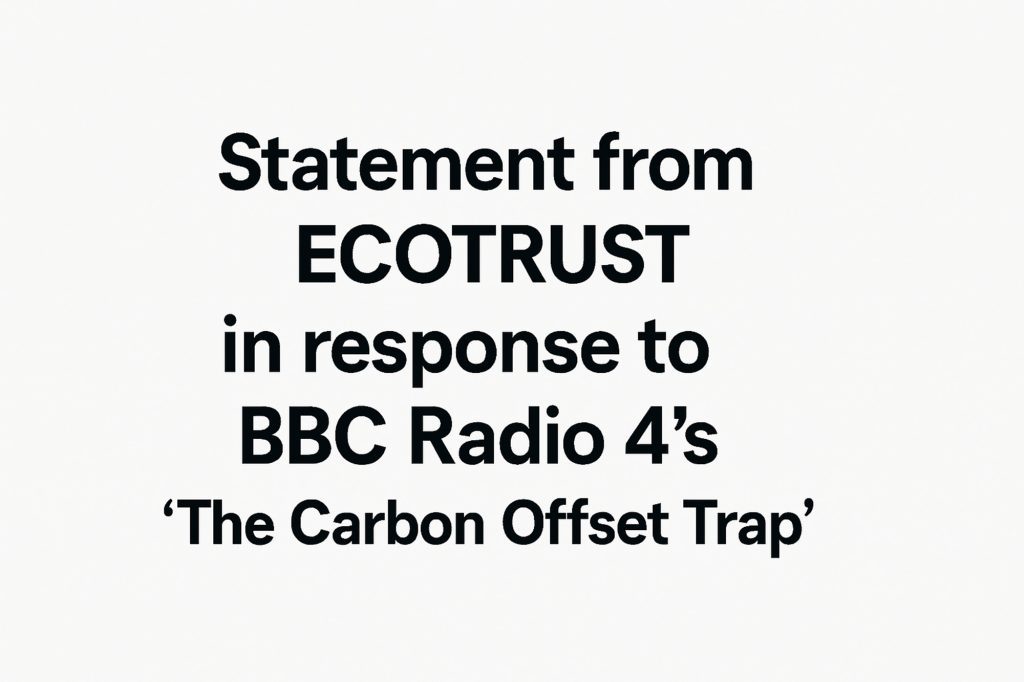
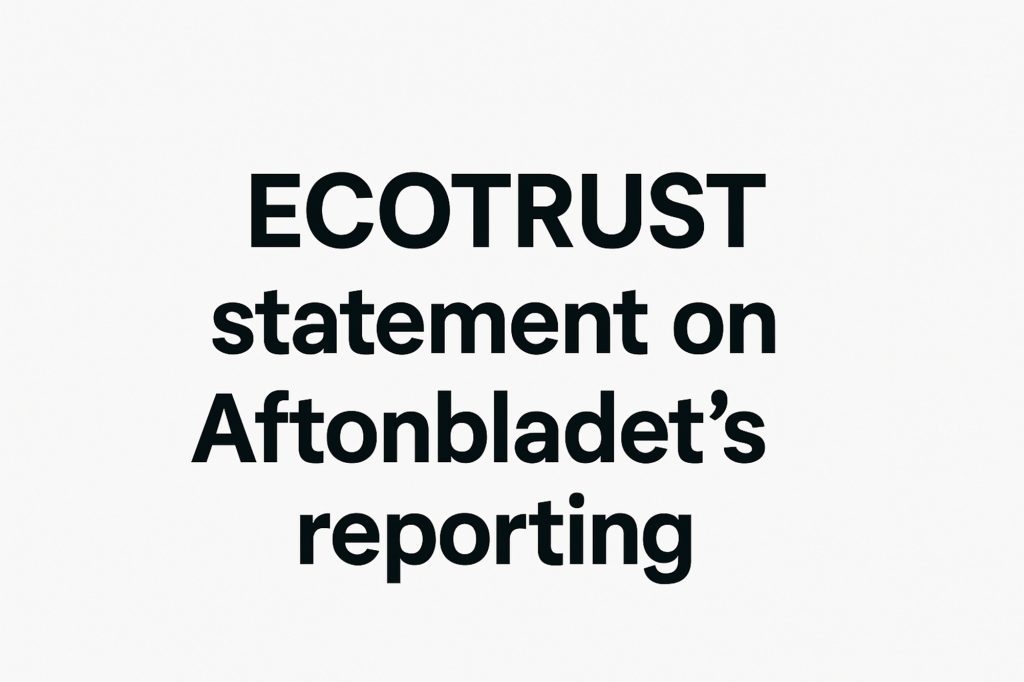
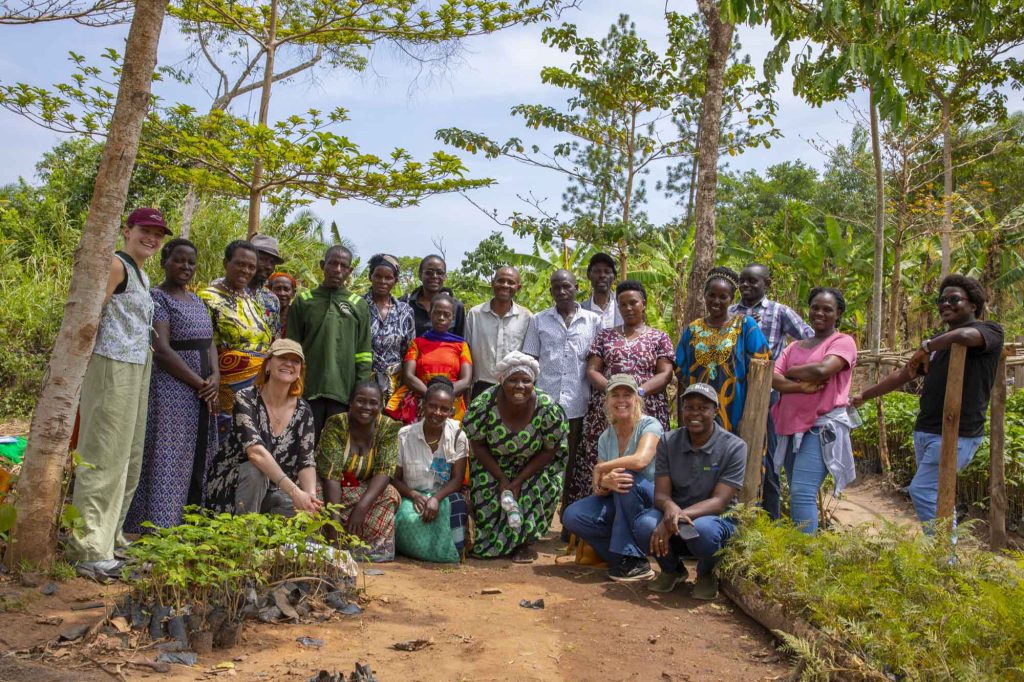
Follow Us On